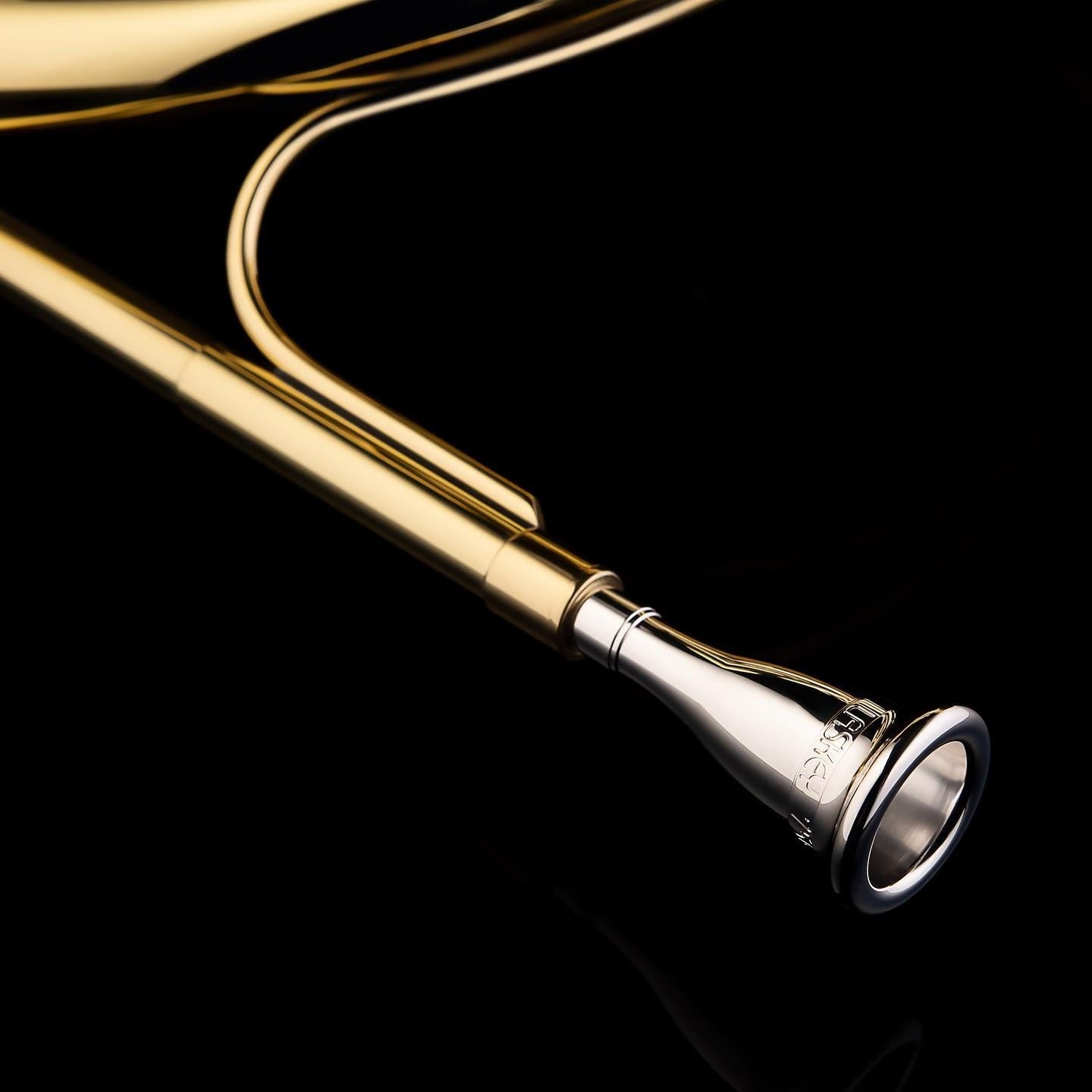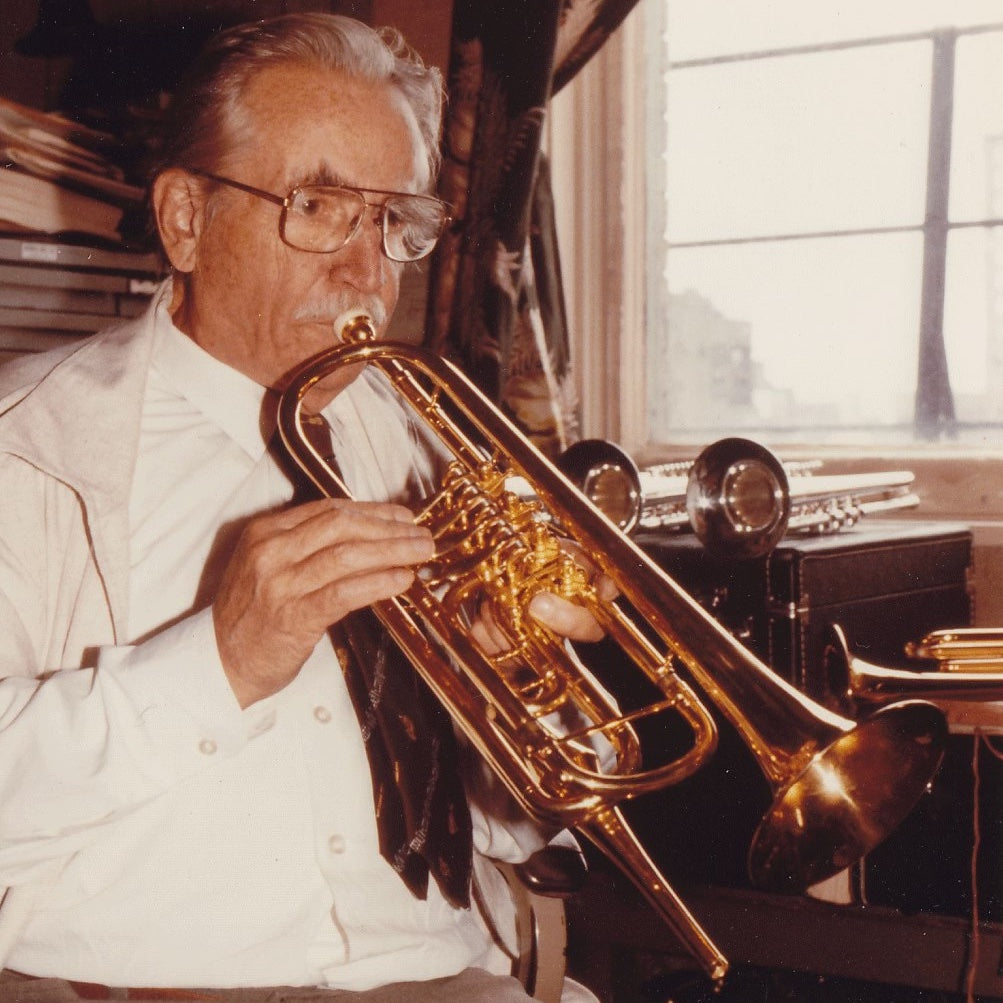April 19, 2018
When dealing with horn players, I find that there are a few key measurements that are important. The great Phil Farkas told me that he didn’t care what the inside diameter of a rim was, as long as the outside of the rim measures 1 inch (25,4 mm). To him, how he wrapped around a mouthpiece was far more important to his feeling that he could play, than the actual measurement on the inside diameter.
With this in mind, I find this to be one of the primary measurements I focus on when I work with horn players. I find to some, it is crucial, and with others, a little less so. But it still remains a crucial measurement and a bit more important than the inside measurement.
The second feature I try to focus on is how the mouthpiece fits into the horn. If the mouthpiece goes into the instrument too far, the mouthpiece tends to play more open in the lower register and a bit less stable in the upper register, as to where the note tends to be focused and "slotted". If the mouthpiece does not go in far enough, the notes tend to be very slotted, and at time too slotted making flexibility a bit more difficult for the performer. On horn, this is crucial. I find that not going in enough is more preferable than going in too far. To me the best compromise, based on how most leadpipes are being made today, is about 5/8" or .625 inches.
The way leadpipes are made today, unfortunately there will still be a bit of the mouthpiece going in past the smallest point of the receiver, and it seems that only a few custom leadpipe makers successfully address this issue. At about 5/8" penetration, it seems to be the best compromise in how receivers are made today.
When the mouthpiece goes into the receiver too far, the mouthpiece can play too open, while if not far enough, you feel a bit more resistance in how it is going to play. HOWEVER, this is changed with how the throat of the mouthpiece is enlarged. If the throat of the mouthpiece is opened with a drill or a straight reamer, yes, it plays more open, the sound gets thicker but you can also condense the octaves. This means that the upper register becomes slightly flat, while the lower register can go slightly sharp. If there is not enough cylinder in the throat, the opposite occurs. The upper register can go sharp and the lower register becomes slightly flat... the octaves become augmented.
Rim curvature... I am a HUGE fan of putting the highest peak of the rim more towards the inside diameter. From the high point of the rim and out, the rim should be curved to the point where you feel that the rim "falls off" to the outside edge. With a rim like this, as you play very delicately and lightly, you are essentially playing on a thinner section of the rim. You feel a bit less mass on the face and the sound opens up. When you come to the last page of Mahler 1 or Mahler 5, and as you tend to lean into the mouthpiece a bit more as you play, you begin to feel more of the rim cushion on your face and giving you the support you feel you need from the rim.
As for the difference in "how much air the mouthpiece is asking for", there are far more factors as to how "much air" you feel that you are being asked to use than just the size of the hole. The rim I described above allows the lips to vibrate more freely and in doing so, you as the performer feel that the mouthpiece plays more open and freer.
There are far many more factors that go into how "open" a mouthpiece plays than just the hole. For example, does not a thinner rim play more open than a thicker rim? Do not thinner wall mouthpieces play more open than thicker wall or "heavy" wall mouthpieces? Mouthpieces that go further into the horn will play "more open" than mouthpieces that do not go in far enough. All of this is true with any mouthpiece into any instrument, trumpet, horn, tuba, etc...
Many times as players we compensate how we play... or what we play in terms of equipment, in order to get a "feel" we are looking for. To me, I see the mouthpiece as a total of all the parts that go into how the mouthpiece is made. The goal is to get the right sound first... the right feel second. The body is extremely adaptable to whatever we play. Within three weeks, we adapt and what was not something that didn’t feel so good, but sounded great, will begin to feel great.
For cup depth... I find far more significant measurements other than a number based on depth. You say you want a more brilliant sound? I would suggest using my "G or "F" cup. Both are shallower, yet far more playable. The cup Stefan Dohr uses is very similar to my G cup, but because he uses a MUCH smaller throat, the cup is even more bowl shaped at the bottom of the cup. The F cup is a remake of a mouthpiece made in the 1950s that was marked in big block letters FARKAS MODEL. This was originally made by Schilke for Phil Farkas and then later was sold through Holton when Phil began his affiliation with them. This is pre MC, MDC, DC etc... My G cup is "slightly" more bowl shaped than the F cup. The E cup goes to the G cup shape, but is deeper.
Scott


